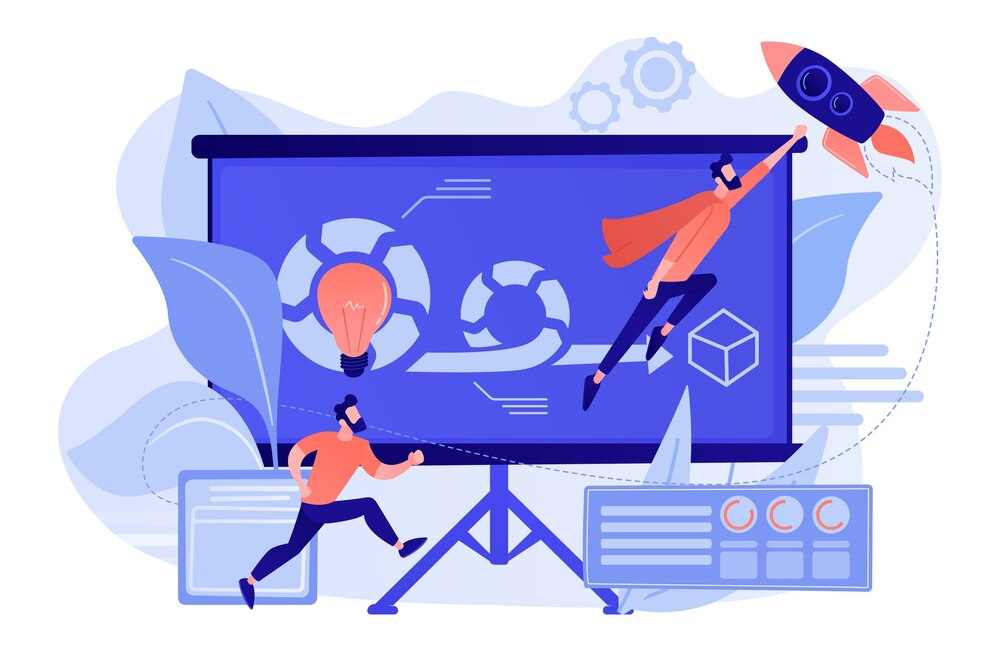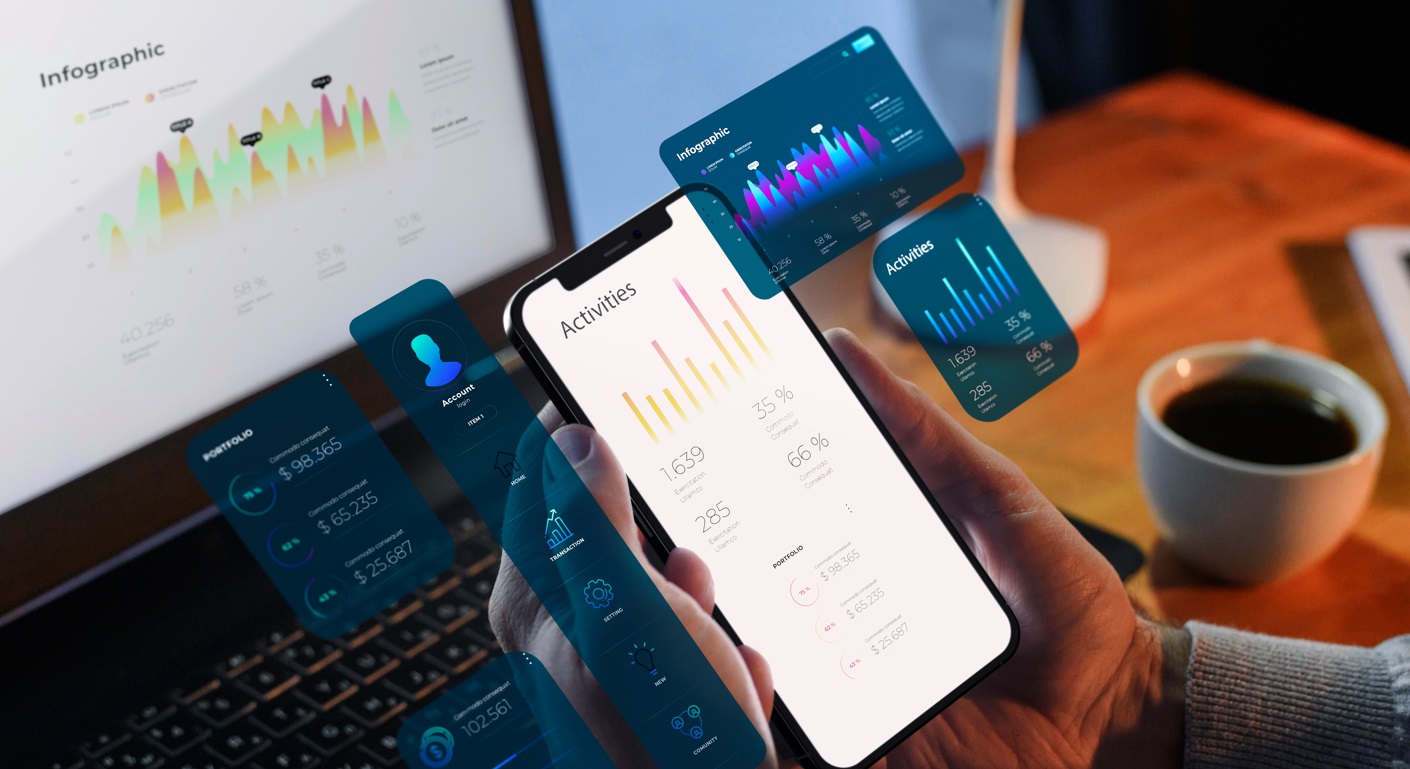The Minimum Viable Product (MVP) concept has become a driver for many organizations aiming to deliver exemplary digital products. Focusing on experimentation, user-driven development, and continuous learning, the MVP approach makes rapid iteration paramount as opposed to traditional linear roadmaps. Taking into consideration, such a culture of prototyping and user testing may help businesses fully reveal the capabilities of MVP way while increasing their product creation speed with an intense focus on customers.
The Essence of the MVP Mindset
Minimum viable product emphasizes launching early iterative versions focused on core user value versus over-engineering bloated products upfront.
This mindset favors fast experimentation and learning based on real user data over developing solutions based purely on assumptions and internal opinions.
If you want to develop the minimum viable product (MVP), you should know that it values gathering insights quickly through prototypes to drive building the right product over rigidly executing a pre-determined plan.
Shifting from Perfectionism to Iteration

The traditional mindset is to build fully featured products before release, attempting to predict all possible use cases and scenarios upfront. This quest for perfectionism leads to endless internal approval cycles, reluctance to ship, and wasted time developing features users may not need.
The MVP mindset recognizes perfect is unattainable. It shifts the focus to releasing early and often to rapidly gather actual user data, driving future iterations.
The Building Blocks of an MVP Culture
Cultivating this culture across the organization involves instilling key principles:
Start Small, Think Big
Starting with a rudimentary version of a product and continuously improving it based on customer input is the MVP strategy. This approach lowers the risk of investing in fully functional products that might not satisfy user needs and enables speedy idea validation. Organizations may concentrate on delivering critical products and iterating based on user insights by beginning small and thinking large.
Rapid Iteration for Performance Enhancement
This principle entails continually enhancing and perfecting the product in response to consumer input. Frequently linked to Agile and Lean techniques, this strategy helps companies improve product performance by promptly attending to customer wants and market expectations. In today’s fast-paced corporate climate, it cultivates a culture of constant development and adaptability.
Prioritization of Features
Setting feature priorities is a crucial part of developing an MVP. Teams may select and concentrate on the most important features for the first release of their product by using a variety of techniques such as MoSCoW, Feature Priority Matrix, and Story Mapping. Organizations may guarantee that the strategy satisfies the most important user demands and provides value early in the development process by setting feature priorities.
User Testing and Feedback
An essential part of the MVP culture is user testing and feedback. Organizations may confirm assumptions, find usability problems, and comprehend user preferences by obtaining insights from actual users. Teams may prioritize improvements that appeal to the target market and make well-informed decisions regarding the product’s path thanks to this feedback loop.
Continuous Refinement and Evolution
The MVP culture encourages constant improvement and development. Rather than striving for an impeccable product right from the start, companies welcome continuous development. With the help of this iterative process, the product may continue to develop while staying in line with customer demands, industry trends, and corporate goals. Organizations may maintain their competitive edge and provide value to their clientele by consistently improving their product.
The MVP Toolkit: Prototyping and Validation

Equipping teams with MVP tools and practices accelerates meaningful product iterations:
- Low-Fidelity Prototyping. Simple paper prototypes and wireframes quickly validate proposed user flows and UX (user experience) with minimal investment.
- No-Code MVPs. Empower non-technical teams to assemble clickable MVP prototypes via no-code platforms for quick validation.
- Usability Testing. Gather user insights early via techniques like hallway testing and proto-personas rather than waiting for finished products.
- Analytics and Tracking. Leverage tools like Mixpanel to understand exactly how users interact with products, guiding data-driven refinement.
- A/B Testing. Continuously test and optimize different product variations and experiences.
- CI/CD Pipelines. Streamline engineering workflows to ship incremental changes faster through automated deployment.
Outcomes of an MVP Culture
An MVP mindset focused on experimentation and learning enables:
- Reduced wasted efforts developing unused features;
- Aligning to user needs versus internal assumptions;
- Faster innovation cycles through rapid iterations;
- Continuous evolution based on market feedback;
- Reduced risk by validating ideas before scale.
Leaders must foster a culture embracing prototyping early and continuous user testing to unlock the full benefits of an MVP approach.
Conclusion
An MVP mindset centered around fast experimentation, prototyping and user-driven development is key to creating digital products that resonate. By adopting lightweight prototyping over rigid roadmaps, teams can deliver maximum value incrementally through rapid iterations fueled by market insights. Organizations that embrace continuous learning and refinement can amplify their innovation velocity and build customer-focused products faster than ever.
FAQs
How do teams determine which features to include in the initial MVP launch?
Teams typically determine features for the initial MVP launch by identifying the minimum set of features that deliver the core value proposition of the product. This involves understanding the primary needs of the target user and focusing on solving their most critical problem.
Techniques like customer interviews, surveys, and market research are often employed to gain insights into user priorities and preferences.
What are some common challenges organizations face when adopting an MVP mindset?
Common challenges include resistance to change from traditional development methods, difficulties in prioritizing features for MVP, balancing speed with quality, and ensuring team alignment on the strategy’s scope and goals. Organizations also often struggle with incorporating user feedback effectively and shifting from a feature-driven to a value-driven development approach.
How do organizations measure the success of an MVP?
Success metrics for an MVP typically include user engagement metrics (such as time spent on the product, frequency of use), customer feedback and satisfaction scores, the rate of conversion or user growth, and the speed of iterations and improvements based on user feedback. Quantitative data like analytics combined with qualitative feedback helps in assessing success.
Can the MVP approach be applied to non-digital products or services?
Yes, this approach can be applied to non-digital products and services. It involves identifying the most basic version of a product or service that can be offered to early adopters to gain valuable feedback. This approach helps in validating the market need and refining the product or service before a full-scale launch.
How does an MVP approach impact team dynamics and collaboration?
The MVP approach often leads to more collaborative and cross-functional team dynamics. It encourages open communication, rapid feedback, and a shared focus on user needs. This approach fosters a culture of collective responsibility for the product’s success, with team members often taking on diverse roles and responsibilities to ensure rapid iteration and responsiveness to user feedback.







